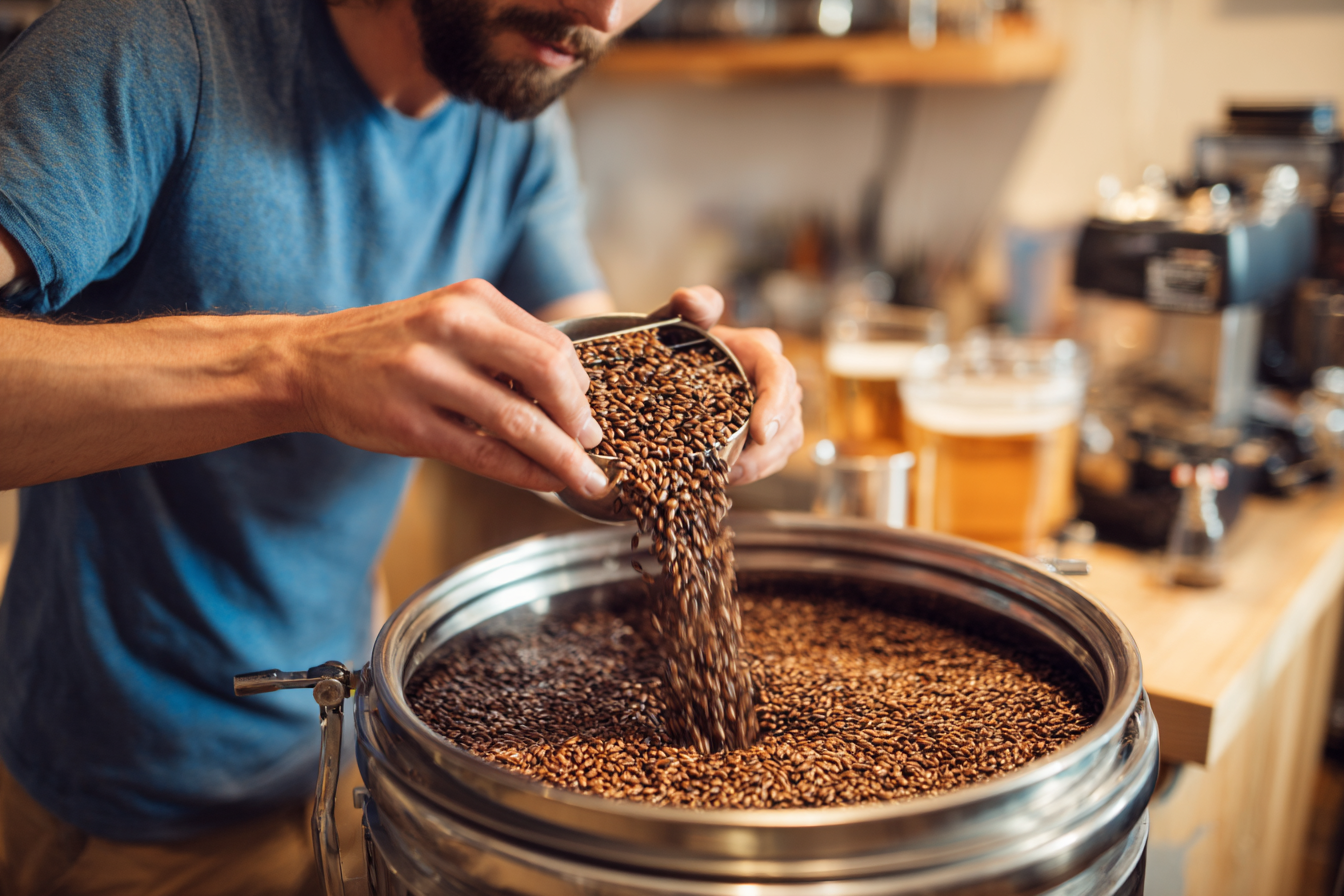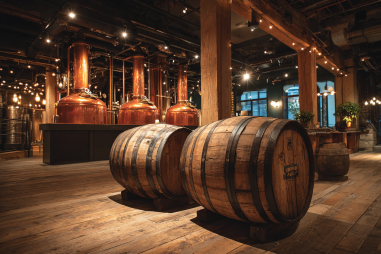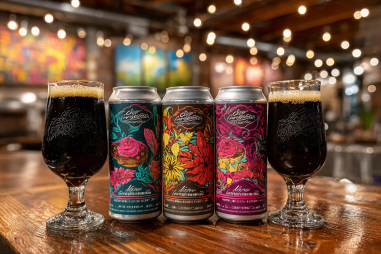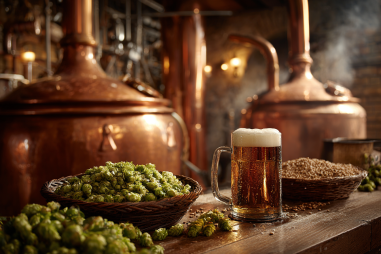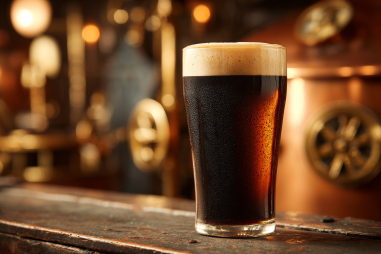Dreaming of crafting your own Scottish Ale at home? This rich, malty beer style, known for its deep flavors and smooth texture, is a fantastic project for any homebrewer looking to create a classic brew with a distinctive character. Whether you’re new to the world of homebrewing or a seasoned enthusiast, replicating an authentic Scottish Ale can be incredibly rewarding. Let’s dive into some essential tips and techniques that will help you bring the authentic taste of Scotland right to your kitchen or garage.
Selecting the Right Ingredients for Authenticity
The foundation of any great Scottish Ale lies in its ingredients, so picking the right ones is crucial. Traditionally, Scottish Ales are malt-forward, featuring a balance of sweetness, caramel, and subtle roasted notes.
Malt: The heart and soul of this beer. Use a pale malt base such as Maris Otter, known for its rich and nutty flavor, which is perfect for achieving that traditional Scottish malt profile. Add some specialty malts like crystal or caramel malts to build sweetness and depth, and a touch of roasted barley or chocolate malt to introduce some mild roasted character without overwhelming bitterness.
Hops: Scottish Ales typically have a restrained hop presence to keep the focus on malt. Traditional British hop varieties like Fuggle or East Kent Goldings are ideal. Aim for a low to moderate bitterness level to keep your ale smooth and slightly sweet rather than hoppy or bitter.
Yeast: Selecting the right yeast strain is essential to capturing the soft, slightly fruity esters that add complexity to Scottish Ale. British ale yeast strains, especially Scottish ale yeast strains, ferment cleanly but provide subtle fruity notes and a bit of dryness that complement the malt sweetness.
Water: If you can adjust your water profile, aim for moderately soft water with a balanced mineral content. This helps bring out the malt character while maintaining smoothness.
Step-by-Step Brewing and Fermentation Tips
Once you have your ingredients, the brewing process and fermentation management become the next critical steps.
Brew Day Tips
- Mashing: Scottish Ales typically have a moderate original gravity, so consider a single infusion mash around 65–67°C (149–153°F). This temperature range helps achieve a good balance of fermentable and non-fermentable sugars, yielding a smooth, slightly sweet body.
- Boil: Keep the boil time around 60 minutes. Add hops early to extract bitterness, but avoid adding many late hop additions to preserve the malt-forward profile.
- Cooling: Chill your wort quickly to yeast pitching temperature (around 18–20°C or 64–68°F) to avoid unwanted bacterial growth and ensure a healthy fermentation start.
Fermentation Tips
- Pitching yeast: Make sure to pitch enough healthy yeast to avoid stressed fermentation, which could create off-flavors. A yeast starter can be helpful if you’re using liquid yeast.
- Temperature control: Maintain steady fermentation temperatures within the yeast’s recommended range; this typically means keeping it cool and stable to promote clean fermentation.
- Fermentation duration: Scottish Ales benefit from a slightly longer fermentation and conditioning phase to mellow out and integrate flavors. Plan on at least two weeks of fermentation followed by several days to a couple of weeks of conditioning.
Common Pitfalls and How to Avoid Them
Like any brewing style, Scottish Ale has its common challenges. Knowing what to watch out for will save you time and disappointment.
- Too much bitterness: Avoid adding excessive hops late in the boil or dry hopping aggressively. The characteristic sweetness and malt focus of Scottish Ale can be overshadowed by hop bitterness, which is not part of the style.
- Under-pitching yeast: Insufficient yeast can lead to sluggish or stuck fermentation and off-flavors. Use a yeast starter or multiple packs if necessary.
- Fermentation temperature swings: Fluctuating temperatures can cause unwanted esters or fusel alcohols, spoiling the smooth characteristic of the style.
- Skipping proper water treatment: If your water is hard or highly chlorinated, it can cause harsh flavors. Treat your water with appropriate salts or use filtered water for best results.
Equipment Recommendations for Beginners
When starting your Scottish Ale brewing journey, having the right equipment can make the process smoother and more enjoyable. Here’s a basic list for beginners:
- Fermenter: A food-grade plastic bucket or glass carboy with an airlock.
- Brew kettle: A large stainless steel pot (at least 5 gallons) suitable for mashing and boiling.
- Temperature control: Either a fermentation chamber or a temperature-controlled space, as consistent temperature is key.
- Sanitizer: Star San or similar no-rinse sanitizer to keep everything clean.
- Hydrometer or refractometer: To monitor gravity and fermentation progress.
- Bottling or kegging setup: Depending on how you want to carbonate and serve your ale.
Starting with these basics, you can refine and expand your toolkit as you gain experience.
Tips for Aging and Carbonating Scottish Ale
Proper aging and carbonation enhance your Scottish Ale’s smoothness and depth. Unlike some hop-forward beers that are best fresh, Scottish Ales often improve with mild aging.
- Aging: Store your ale in a cool, dark place for at least 2-4 weeks post-fermentation. This helps mellow harsh flavors and allows the malt sweetness to round out beautifully.
- Carbonation method: Bottle conditioning is traditional and effective. Use priming sugar to gently carbonate without overdoing it—aiming for moderate carbonation levels that create a soft effervescence rather than aggressive fizz.
- Kegging: If kegging, condition the beer for a week or two at appropriate temperatures, then carbonate carefully—around 1.8-2.2 volumes of CO2 is typical for Scottish Ales.
Patience during aging and moderate carbonation are key to that classic Scottish Ale mouthfeel and finish.
Bringing It All Together
Homebrewing an authentic Scottish Ale is a wonderful way to explore the rich malt flavors and smooth textures that define this classic beer style. By carefully selecting your ingredients, following proper brewing and fermentation techniques, and managing aging and carbonation thoughtfully, you can craft a truly satisfying beer that honors the traditions of Scotland.
Don’t be discouraged by early attempts—each brew offers lessons that bring you closer to your perfect Scottish Ale. Keep experimenting within the style guidelines, and enjoy the journey of creating a cozy, malty beer that’s uniquely yours.

